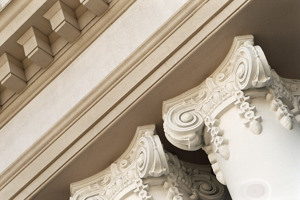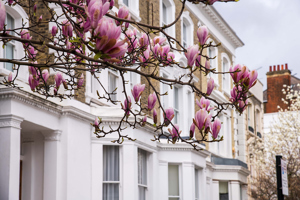Urbanisation: a one way ticket to concrete jungles or the beginning of urban forests?
Over the years, cities have grown exponentially; bright lights, endless opportunities and countless sky high buildings have persuaded people in all areas of the world to gravitate towards their city centres, forcing landscapes to adapt and buildings to grow. However, whilst some are content to treat cities as concrete jungles, others have looked upon the vast number of high rise buildings and seen an opportunity for something new: an urban forest. Italian architect, Stefano Boeri, is one of those people.
Boeri saw an opportunity amongst the bricks and mortar, creating a skyscraper with a twist. He has introduced a new form of architectural biodiversity, combining urban and rural to produce a city that lives, even before its inhabitants have taken a breath. Boeri’s dream was to grow hundreds of trees, shrubs and plants, not in fields, but up buildings that otherwise would have been devoid of vegetation. In short, a building that even David Attenborough would want to reside in.
In an attempt to tackle climate change and create cleaner, more sustainable cities, Boeri began experimenting with the idea that trees, not bricks, glass or concrete, could surround high rise buildings. In 2014, Boeri’s prototype was complete; a two-tower project in Milan marking the start of Milan’s urban forest. The towers were scattered with over 20,000 plants, trees and shrubs, all of which are now home to over 20 species of birds. Not only does the addition of the vegetation add to the ecological benefits of the towers, it also assists with temperature regulation and air purity inside of them. During the hotter, summer months, the external vegetation keeps the space inside approximately three degrees cooler than the outside air, acting as a ‘natural air conditioner’ to the spaces within. In addition, the building’s natural exterior filters the air around it, absorbing harmful CO2 emissions and producing clean oxygen for the building’s inhabitants to absorb alongside their morning coffee.
However, whilst this innovative creation is certainly a step in the right direction in combating climate change, it does not come without its challenges (or its additional costs). The plants must be maintained and at such great heights, the maintenance team are unlikely to get by without additional training; a skill that is unlikely to be mastered by many overnight. Sky high gardeners will be in short supply, and as with any commodity, the smaller the supply, the higher the cost. The result: a greener, cleaner building, with a higher, less affordable maintenance charge.
Additional costs aside, the work of Stefano Boeri provides us with an insight into the potential future of our cities. Where choosing urban life once meant giving up the benefits of the countryside, could future cities provide elements of both? If we are to be serious about tackling climate change, urban forests and other methods of urban greening may well be key in creating a greener, fresher future.
This article was written by Amy Shuttleworth and Claire Fallows. For more information please contact Amy via amy.shuttleworth@crsblaw.com or on +44 (0)20 7438 2196. or Claire via claire.fallows@crsblaw.com or on +44 (0)20 7427 1046.



















